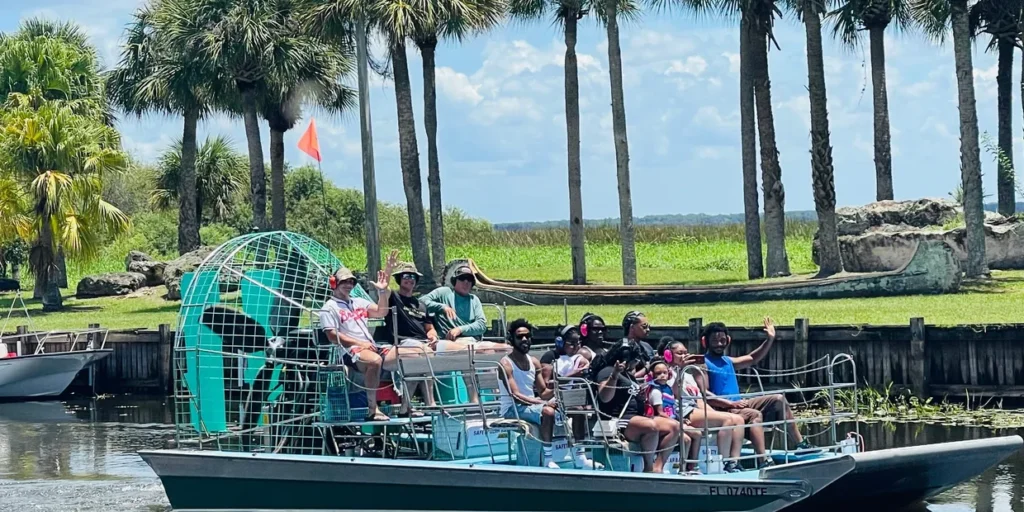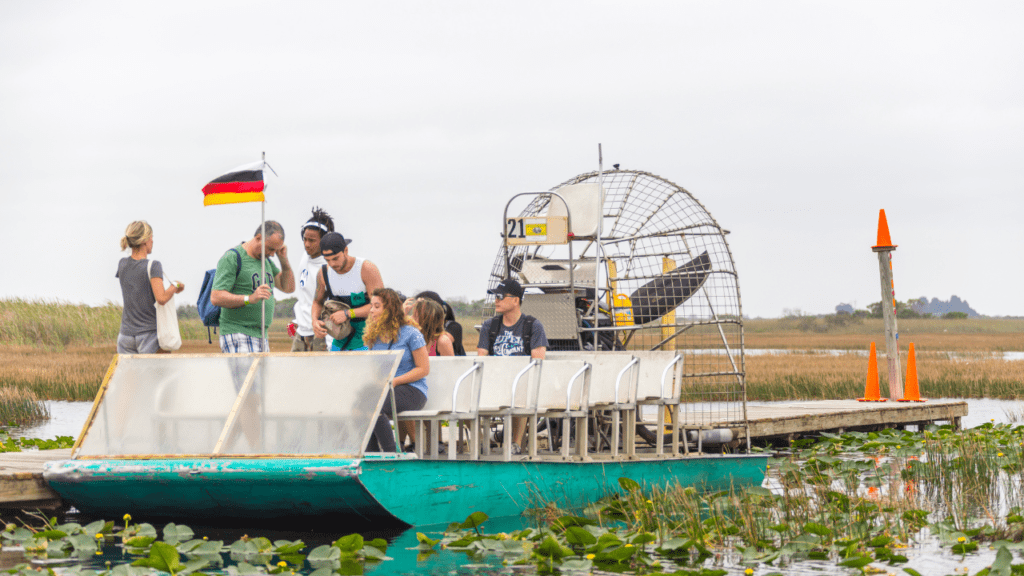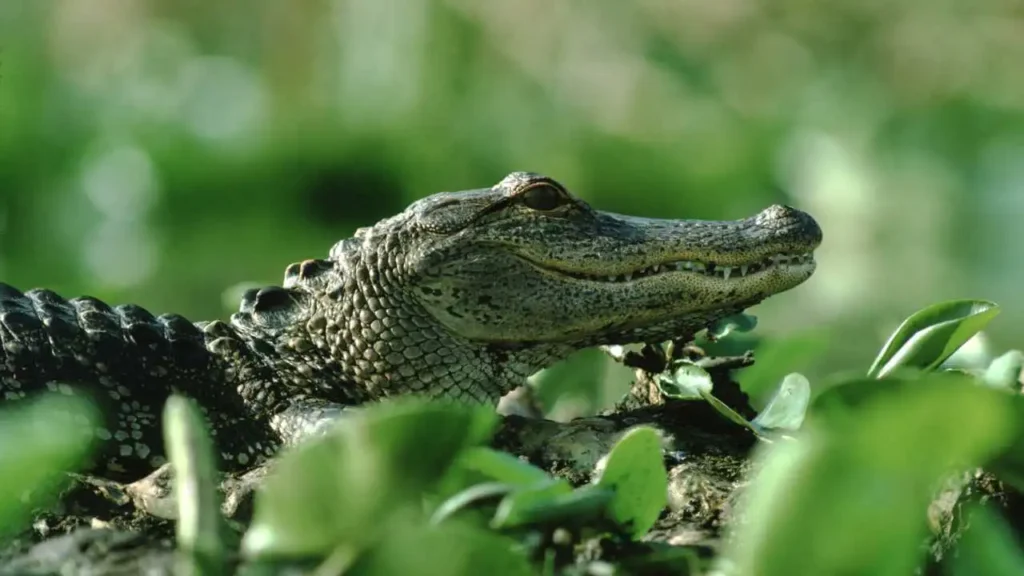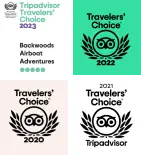Backwoods Airboat Adventures
Blogs
Are there sharks in the florida everglades waters?
The Florida Everglades, a vast network of wetlands, is a unique and diverse ecosystem known…
Florida alligator hunting information
Florida offers one of the most thrilling and challenging hunting experiences in the United States:…
Where Can I See a Florida Gator When Riding an Airboat?
Florida is renowned for its diverse wildlife and picturesque landscapes, and one of its most…
WHERE DO ALLIGATORS SLEEP WHEN THEY GET TIRED?
Unlike us, Alligators don’t have designated bedrooms! They rest in various spots throughout their swampy…
How Long Can Alligators Hold Their Breath?
Alligators, those prehistoric-looking reptiles that lurk in swamps and lakes, are renowned for their ability…
Florida Alligator Laws: Essential Knowledge for Locals (2024)
Florida, with its beautiful wetlands and diverse wildlife, is home to over a million alligators.…
The Python Invasion of the Florida Everglades
The Florida Everglades, a vast subtropical wetland spanning much of southern Florida, is a unique…
The Real Airboat Rides Experience & Cost in Orlando
If you are looking for a real airboat experience in the Orlando, Florida, area, it…
What is the Difference Between Alligator and Crocodile?
The biggest difference between alligators and crocodiles is their snout shape – according to Britannica, alligators…
What is the Best Part of the Everglades?
The Florida Everglades is a vast and unique ecosystem unlike anywhere else. its sawgrass marshes,…
WHAT IS AN AIRBOAT TOUR?
Airboat tours best way to explore the wild side of Florida for people to explore…
What is the Best Time of Year to See Alligators?
Alligators are iconic creatures of the American Southeast, especially in the wetland expanses like…














